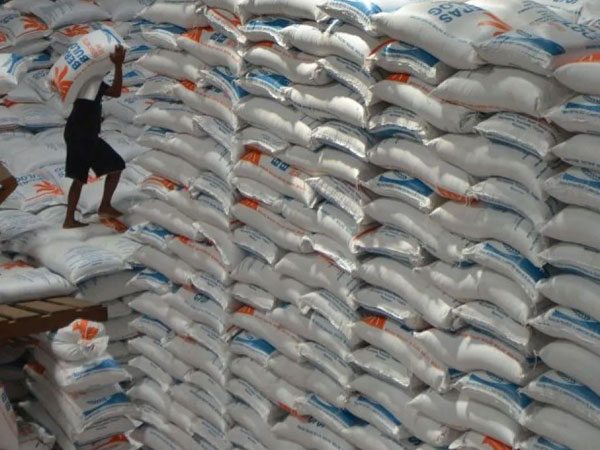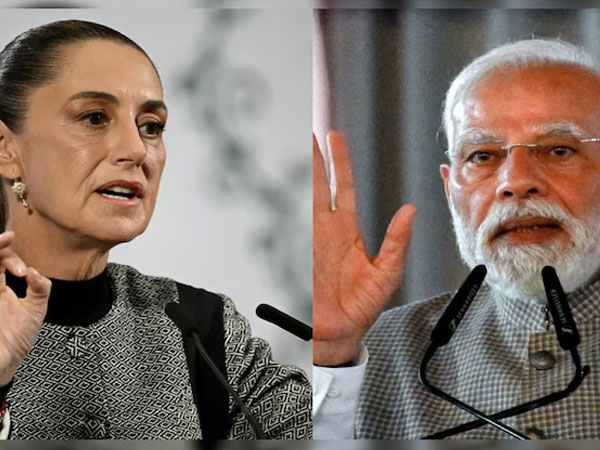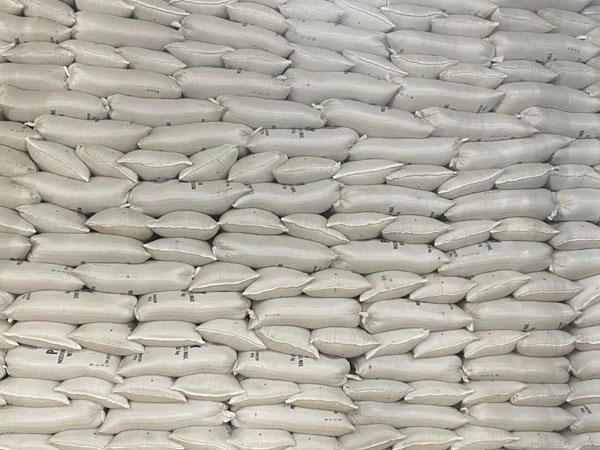 Some 70.5 million people stand to benefit from Indonesia’s free meal initiative. But first, the programme has to reach the stunted children and pregnant women scattered across more than 17,000 islands in the vast archipelago nation.
Some 70.5 million people stand to benefit from Indonesia’s free meal initiative. But first, the programme has to reach the stunted children and pregnant women scattered across more than 17,000 islands in the vast archipelago nation.
SOE, Indonesia: On paper, the Indonesian regency of South Central Timor is fertile ground for incoming president Prabowo Subianto to kickstart one of his key campaign promises: Providing free meals to all pregnant women and children across the world’s fourth-most populous nation.
The regency is located in the remote interior of one of the least developed provinces in Indonesia: East Nusa Tenggara. Its dry, rocky soil is unfit for most crops while its rugged terrain is unsuited for large-scale cattle breeding.
South Central Timor's prevalence of stunting is also among the highest in the country, something that Mr Prabowo has promised to tackle with his free meal initiative. At 50.1 per cent, the rate is more than twice the national prevalence of 21.5 per cent, according to a 2023 survey by the Indonesian health ministry.
“We hope Prabowo will prioritise this village for his free meal programme,” said 28-year-old Yustina Misa, whose twin children are diagnosed with stunting, a form of malnutrition that inhibits children’s growth and mental development.
But for the past four months, Mr Prabowo and his campaign officials have chosen to conduct trials in more developed cities and provinces with lower rates of stunting, such as Jakarta and its three neighbouring cities, Bogor, Bekasi and Tangerang.
Mr Budiman Sudjatmiko, an advisor for his campaign, explained that since Mr Prabowo is not yet president and thus does not have access to state budgets or resources, the team can only conduct trial runs in major cities where volunteers and donors are abundant.
Currently the defence minister, Mr Prabowo will succeed Mr Joko “Jokowi” Widodo as Indonesia’s president on Oct 20.Mr Bhima Yudhistira, director of the think tank Centre of Economic and Law Studies (CELIOS), said it is important for Mr Prabowo to stage a trial run in remote areas like South Central Timor.
Conducting a trial run in underdeveloped regions of Indonesia, he argued, will increase understanding of the logistical challenges of moving goods across the vast archipelago.
“Logistics will be one of the biggest challenges for Prabowo’s free meal programme, particularly if he wants to distribute perishable food to the outer islands and remote parts of Indonesia which have little to no infrastructure,” he told CNA.
Some regions in Indonesia, like in the remote jungles of Papua, are only accessible by small airplanes, he noted. The shipment of goods to small islands in the outer regions of Indonesia is not only expensive and takes a long time, but also depends on sea conditions.
“Which is why the price, for example, of rice in Java is around 15,000 rupiah (US$0.99) per kilogramme but in Papua, it can reach 40,000 or even 50,000 rupiah per kilogramme,” he said, referring to Indonesia’s most and least developed regions, respectively.
HIGH COST OF SHIPPING GOODS
Indonesia ranked 63rd out of 139 countries in the World Bank's 2023 Logistics Performance Index, scoring poorly in infrastructure and logistics competence.
Shipping goods in Indonesia is so expensive that logistics costs in the country could be up to 23.5 per cent of gross domestic product (GDP), far higher than the global average of 15 per cent.
Experts say the root cause is the economic and infrastructure disparity between Indonesia's more developed western regions like Java and Sumatra, and eastern regions like the five Papua provinces and East Nusa Tenggara.
Java, where the current capital Jakarta is located, is home to three of the biggest shipping ports in the country. Cities on the island are also connected by 1,776 km of toll roads, or 61 per cent of the total length of toll roads in the country.
In contrast, nearly half of the 3,446 km of roads in the five Papua provinces are not even paved. Some areas are accessible only by air or on foot.
Meanwhile, most of the goods flowing to East Nusa Tenggara, a chain of islands which borders the Indian Ocean, rely on ferries from Java's Surabaya city which arrive around once a week.
Logistics will be the free meal programme's biggest challenge, some observers have noted.
"Never mind sending food to schools, the students and teachers in the far corners of this country themselves sometimes have to risk their lives to get themselves educated: From crossing the river using a raft to dangling on a bridge that is on the verge of collapsing to go to school," news outlet MetroTV wrote in an Aug 21 editorial.
Mdm Eliza Mardian, a researcher at the Center of Reform on Economics think tank echoed the sentiment, highlighting the fact that many beneficiaries live in remote places with poor transportation access.
"The high cost of transportation might balloon the overall budget for the programme because in places like East Nusa Tenggara, there are produce like rice and beans which have to be transported from their production hubs in Java," she told CNA.
Mr Budiman of Prabowo’s campaign said his team is aware of the logistical challenges involved in distributing free meals to far corners of Indonesia and is deliberating ways to overcome them. One way, he said, is to maximise the potential of local food production.
“This programme will utilise (local) villages as agricultural production hubs. Doing this will not only reduce distribution and logistics cost but also contribute to the local economy,” he said.
SOME AREAS ILL-SUITED FOR FARMING
But not all regions in Indonesia are fit for farming.
In South Central Timor, the number of stunting cases is highest in the suburbs of the regency’s capital, Soe. In these villages, farmlands have mostly disappeared, replaced by cheap housing for low-income families.
Meanwhile, the rest of the regency is poorly suited for certain crops because of Timor island’s dry climate, rocky soil and mountainous landscape.














© Copyright 2025 The SSResource Media.
All rights reserved.